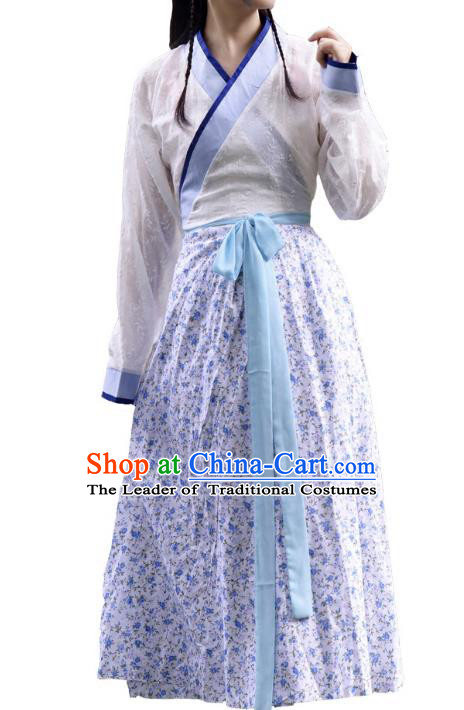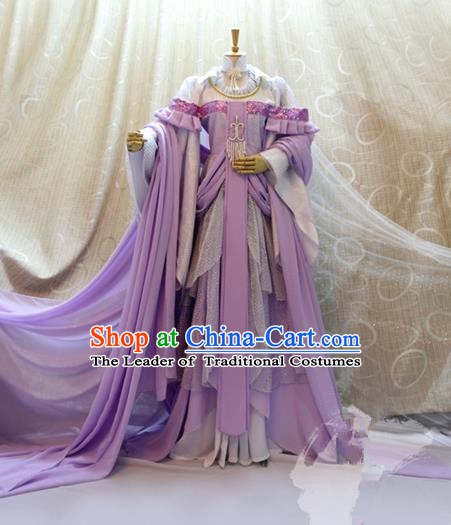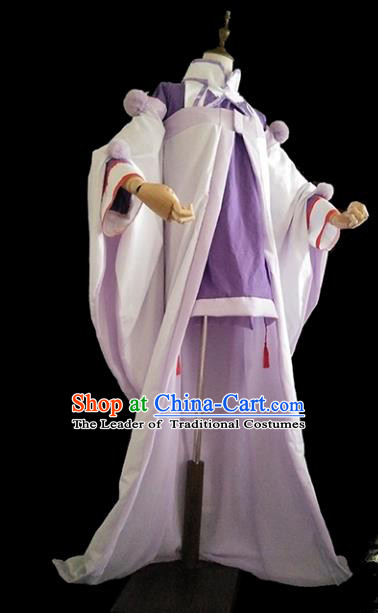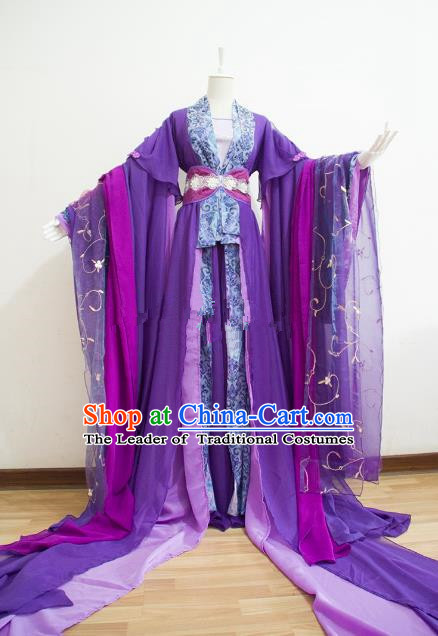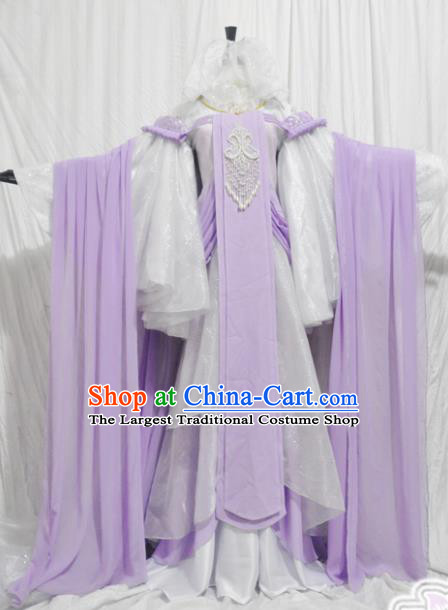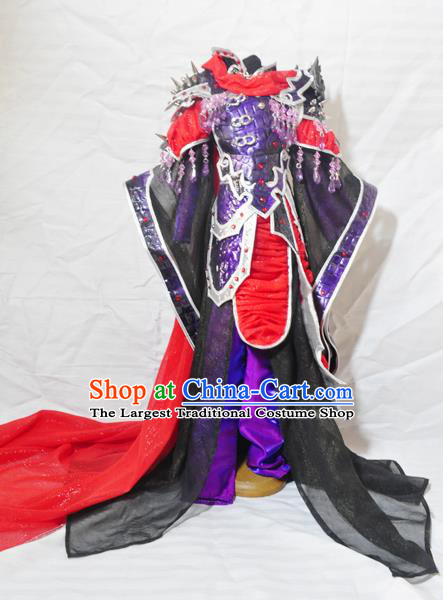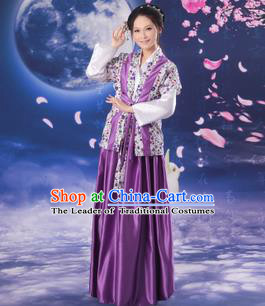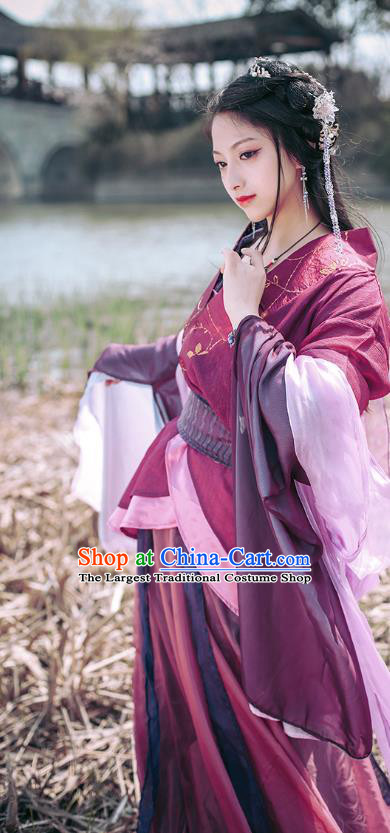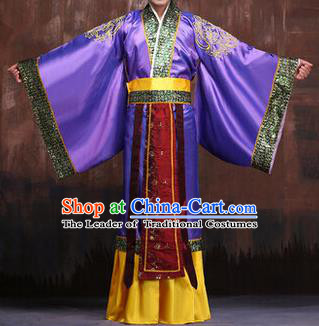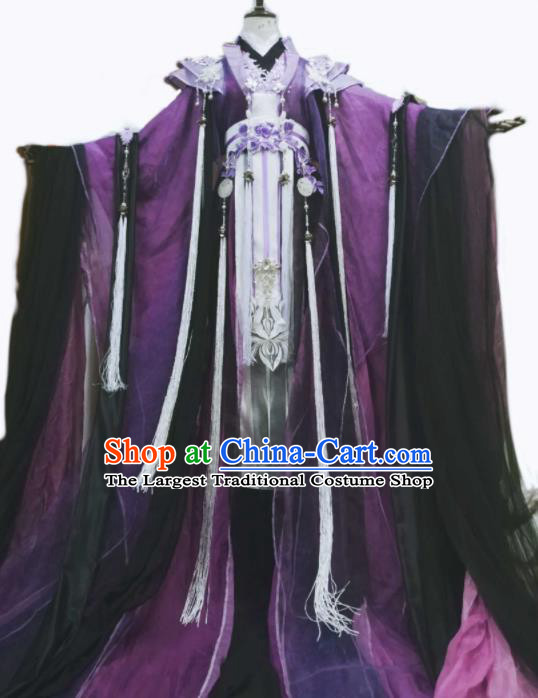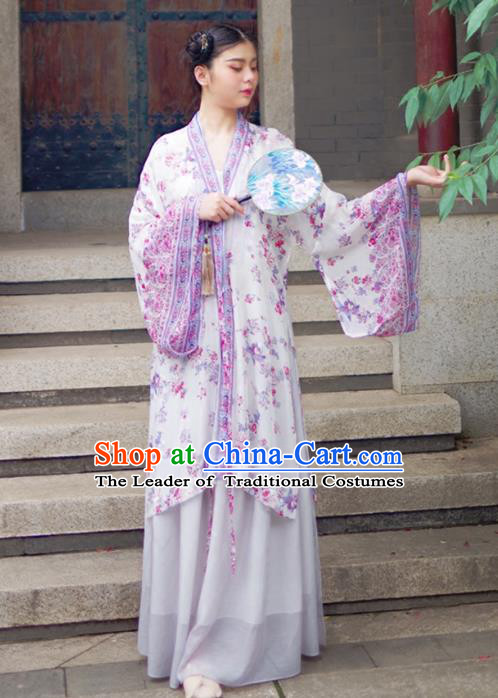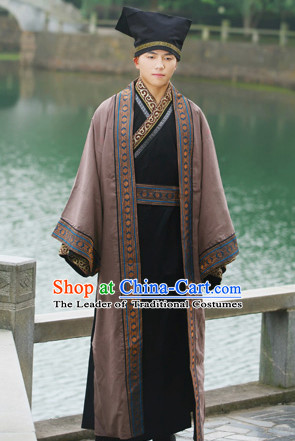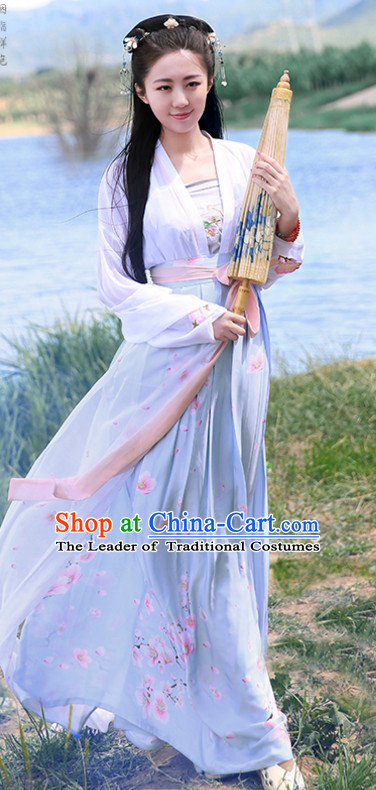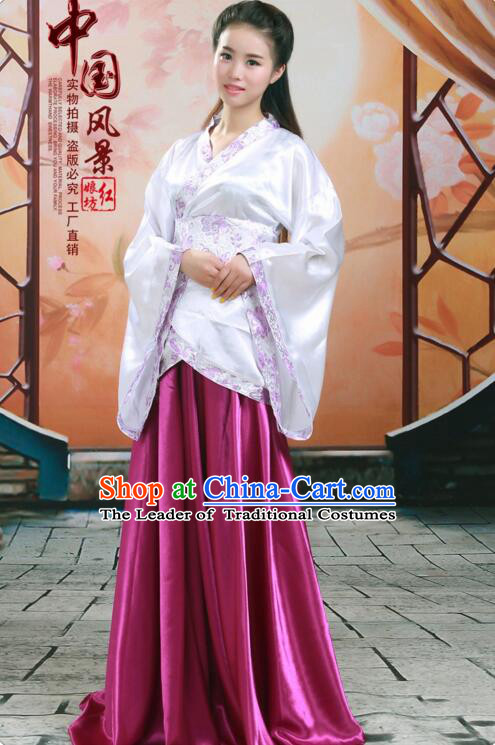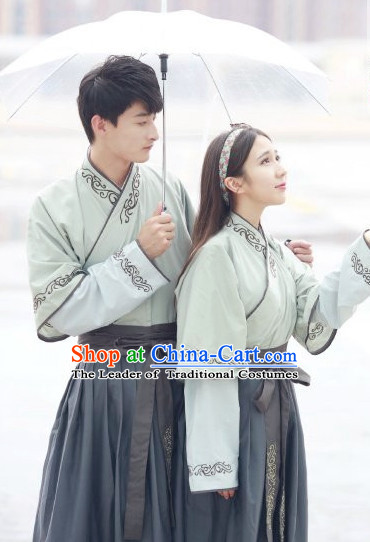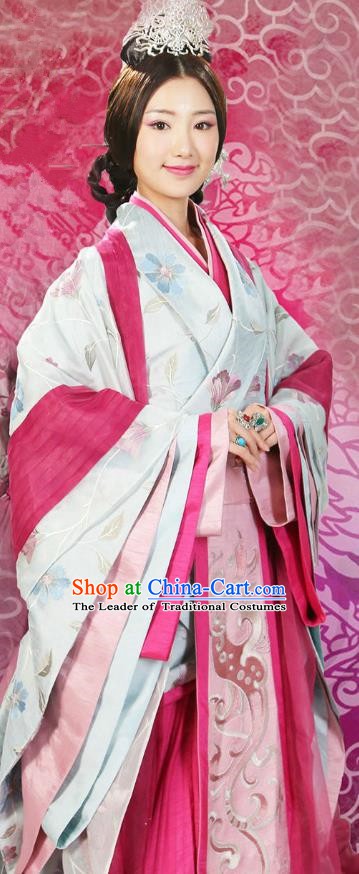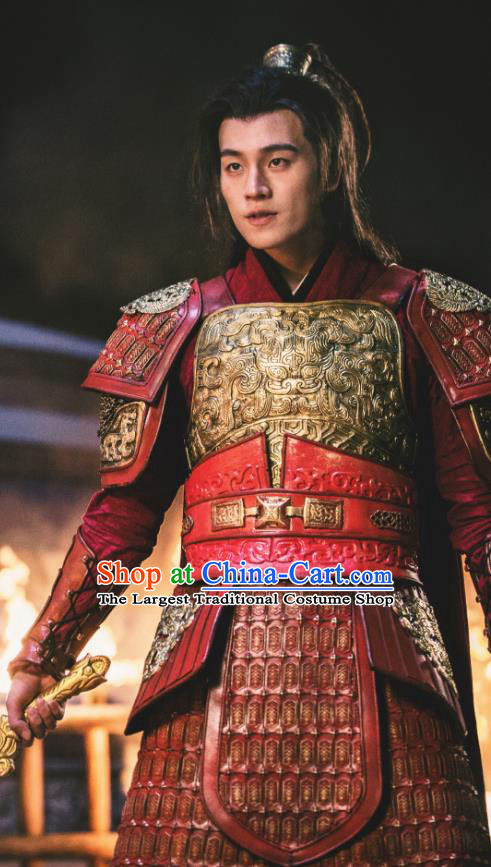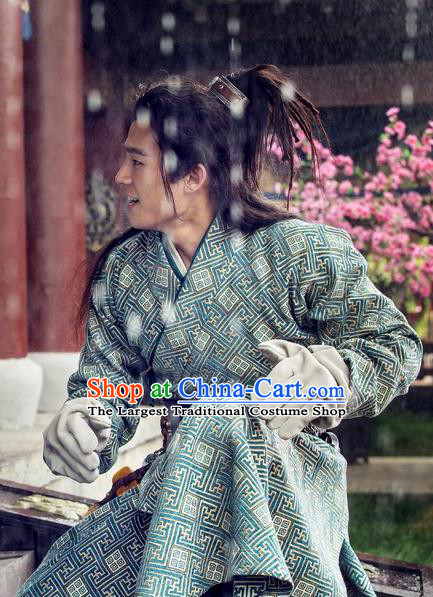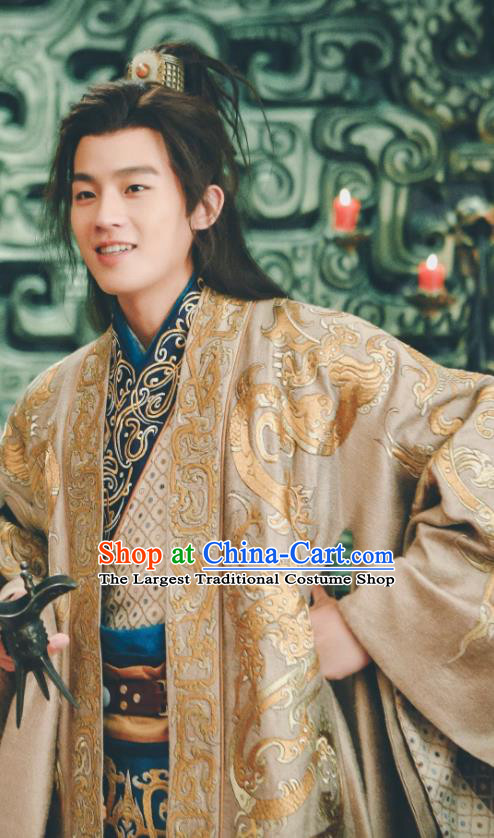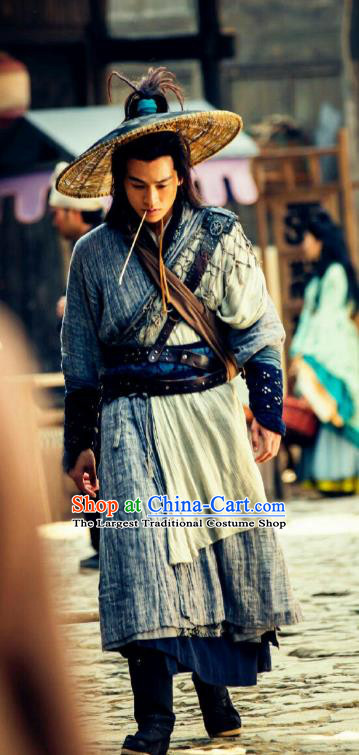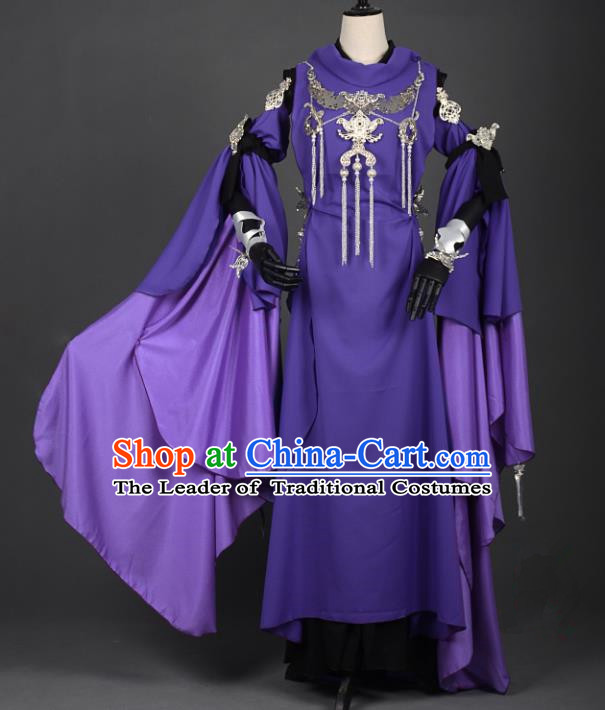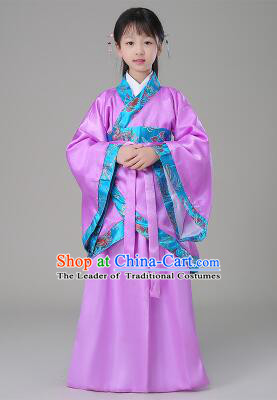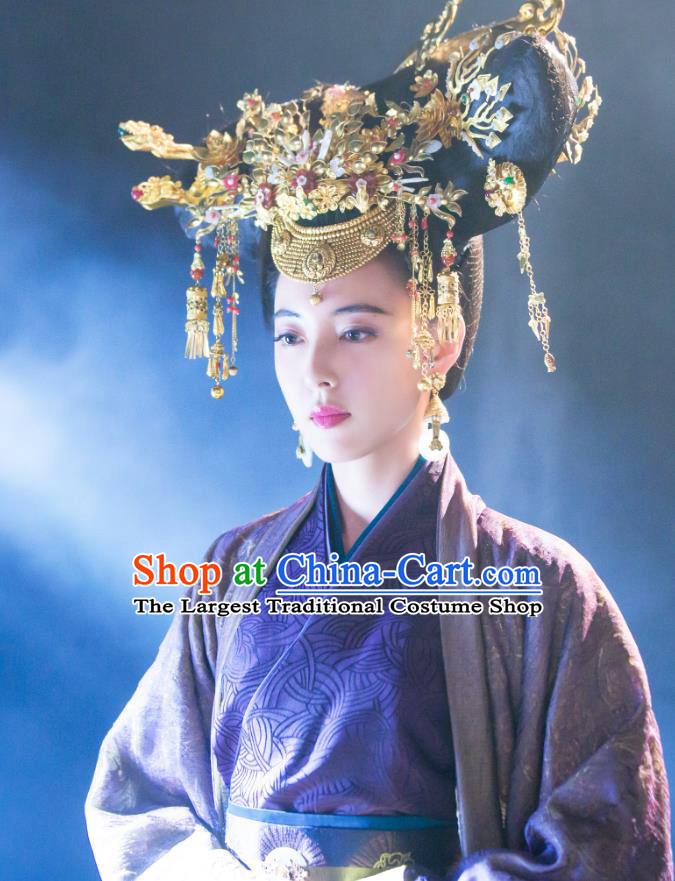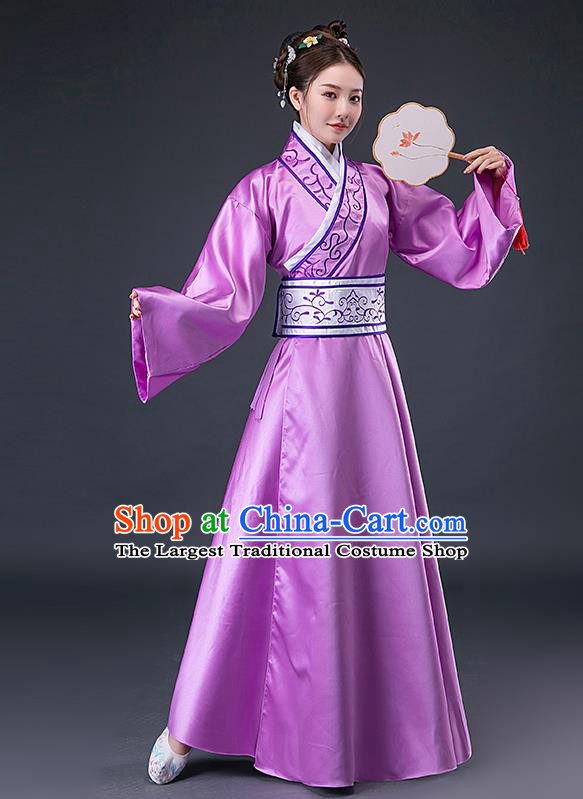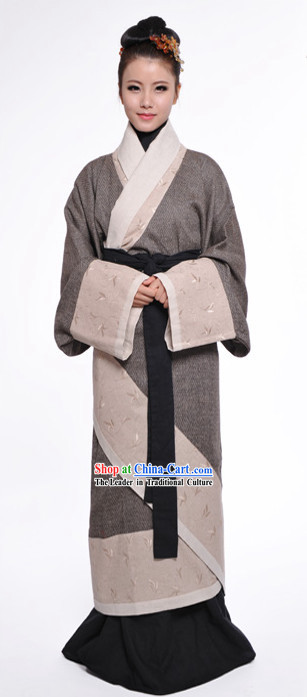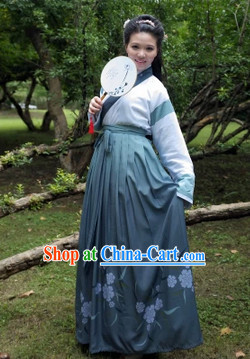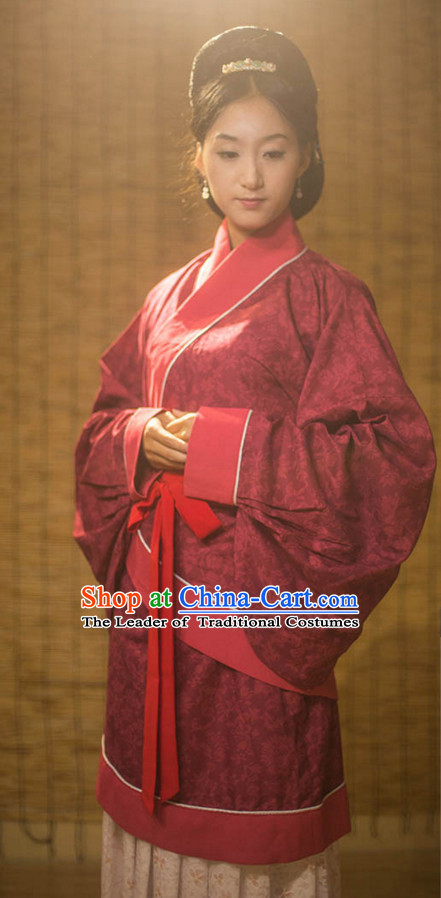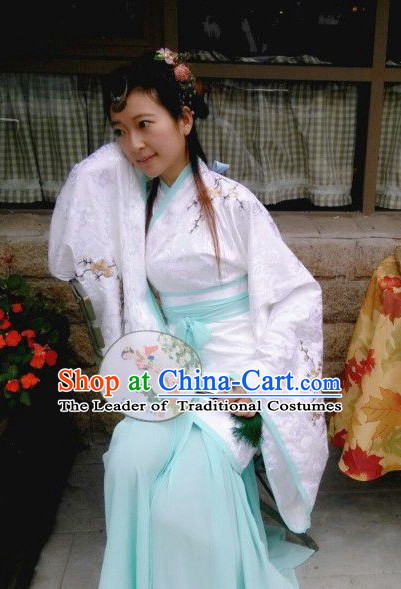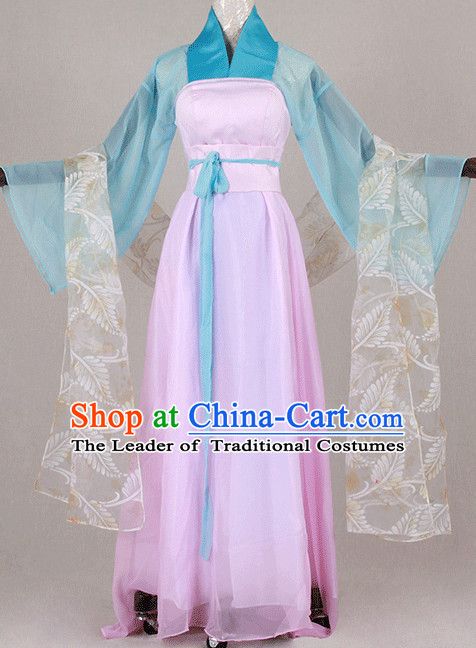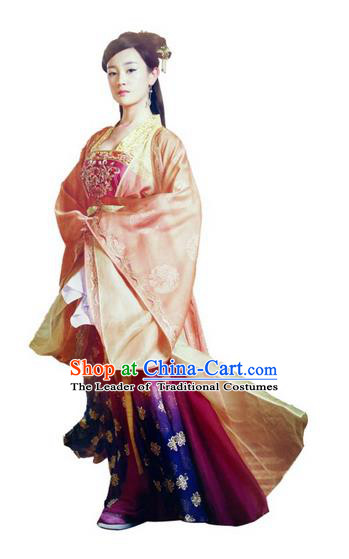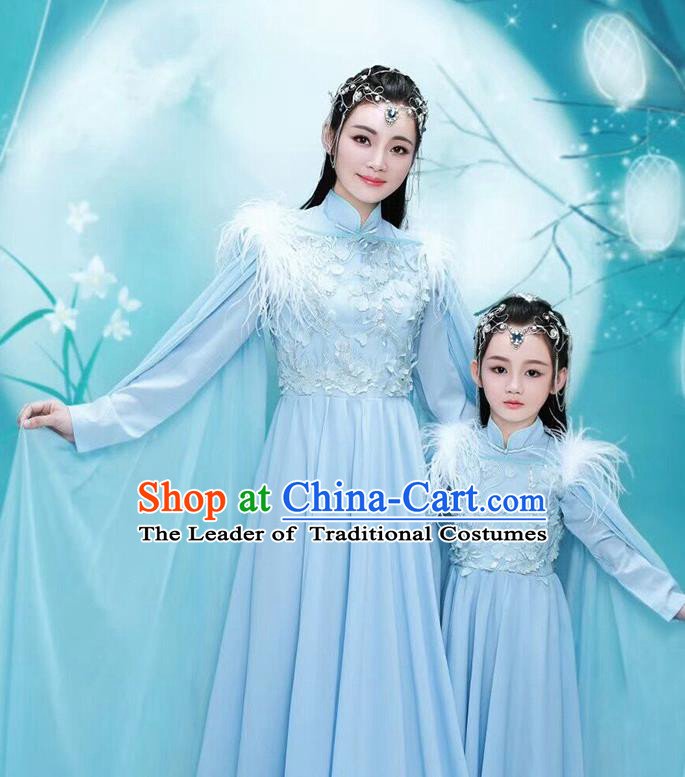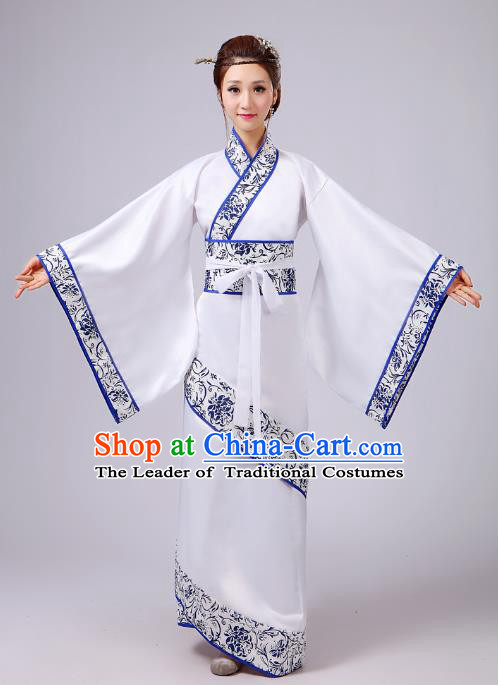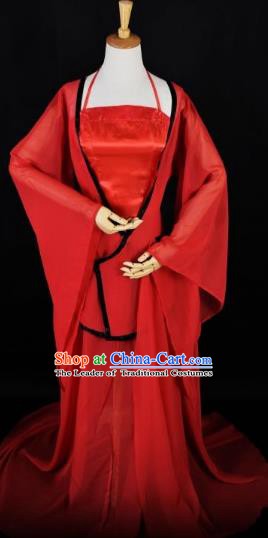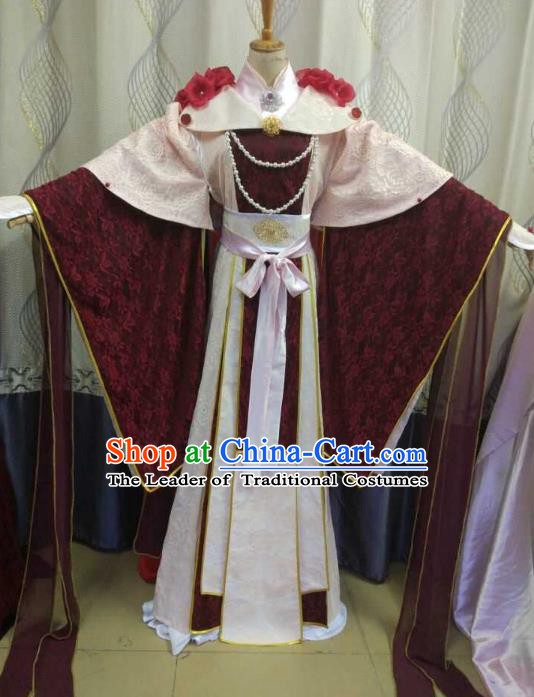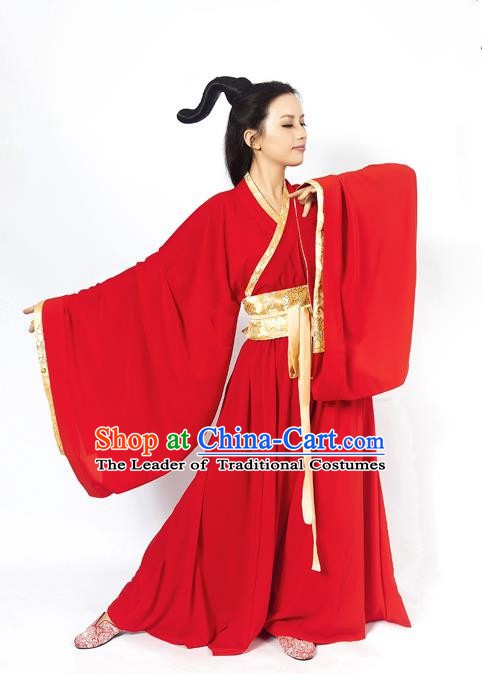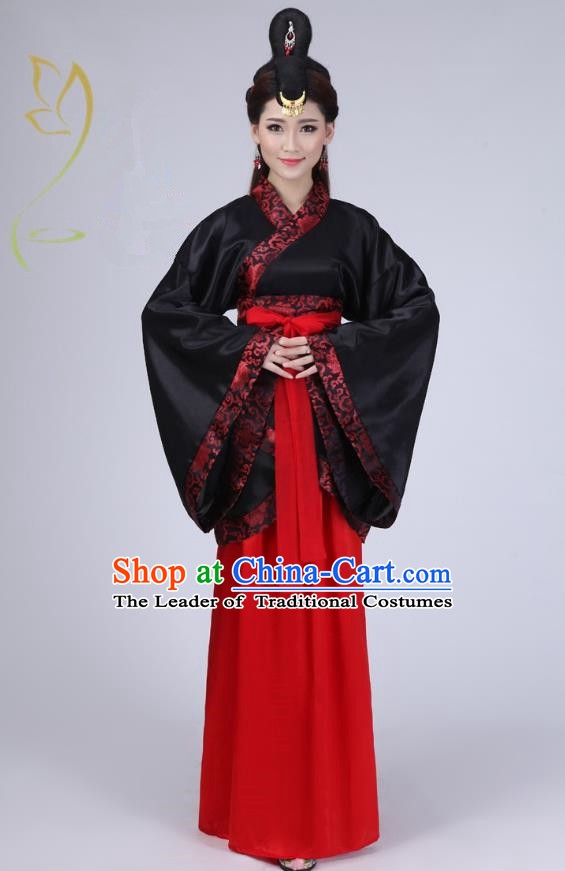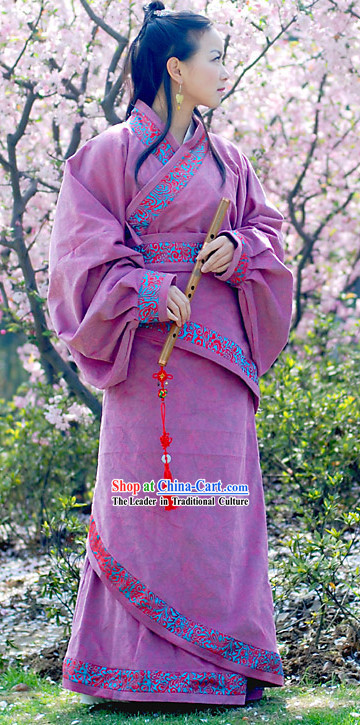
Click Related Pictures for More Audios:
The purple skirt in ancient China during the Han Dynasty was a type of female attire that represented nobility and elegance.
Typically made from silk or cotton, the skirt was either deep purple or light purple in color.
During the Han Dynasty, purple was considered a royal color and only members of the imperial family and aristocrats were allowed to wear it.
Therefore, women who wore purple skirts were usually wealthy and of high status.
Apart from symbolizing nobility and elegance, the purple skirt also had certain historical significance.
In ancient China, purple was believed to be a mysterious color associated with gods and dragons.
Thus, women who wore purple skirts were also seen as being connected to the divine.
Additionally, the purple skirt held cultural connotations.
In traditional Chinese culture, purple was considered an auspicious color representing happiness and longevity.
Therefore, women who wore purple skirts were also seen as symbols of good fortune and health.
In summary, the purple skirt in ancient China during the Han Dynasty was a form of female attire that was rich in historical and cultural significance.
It not only represented nobility and elegance but was also associated with mysticism, auspiciousness, and other elements.
Women who wore this skirt were usually wealthy and of high status, and their presence reflected the prosperity and splendor of ancient China.

